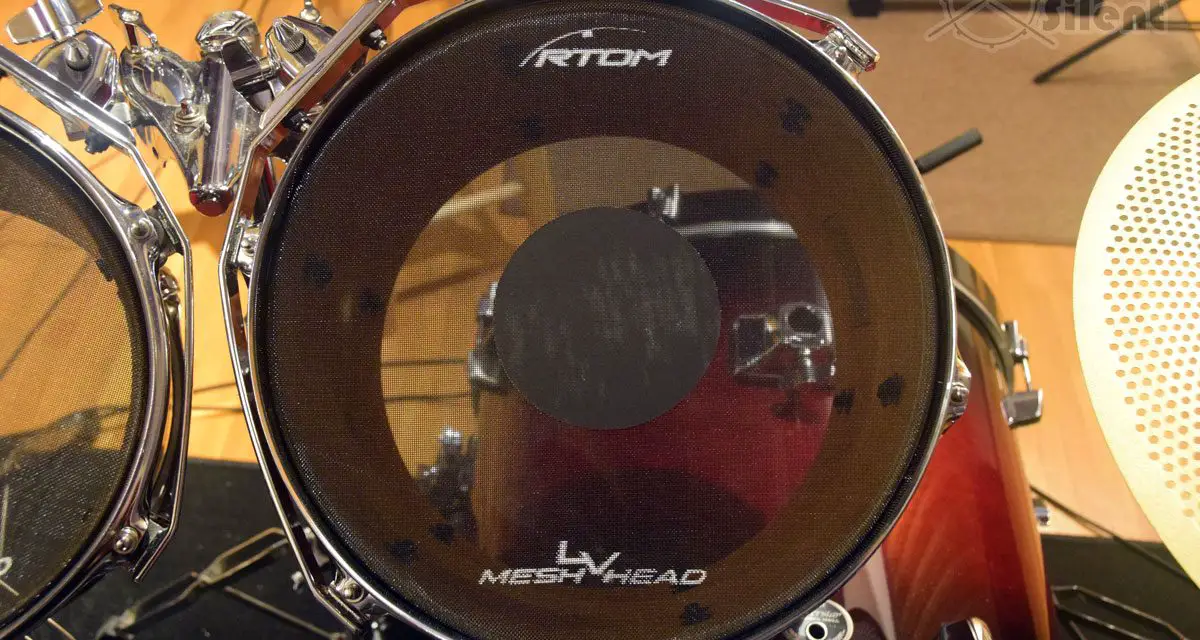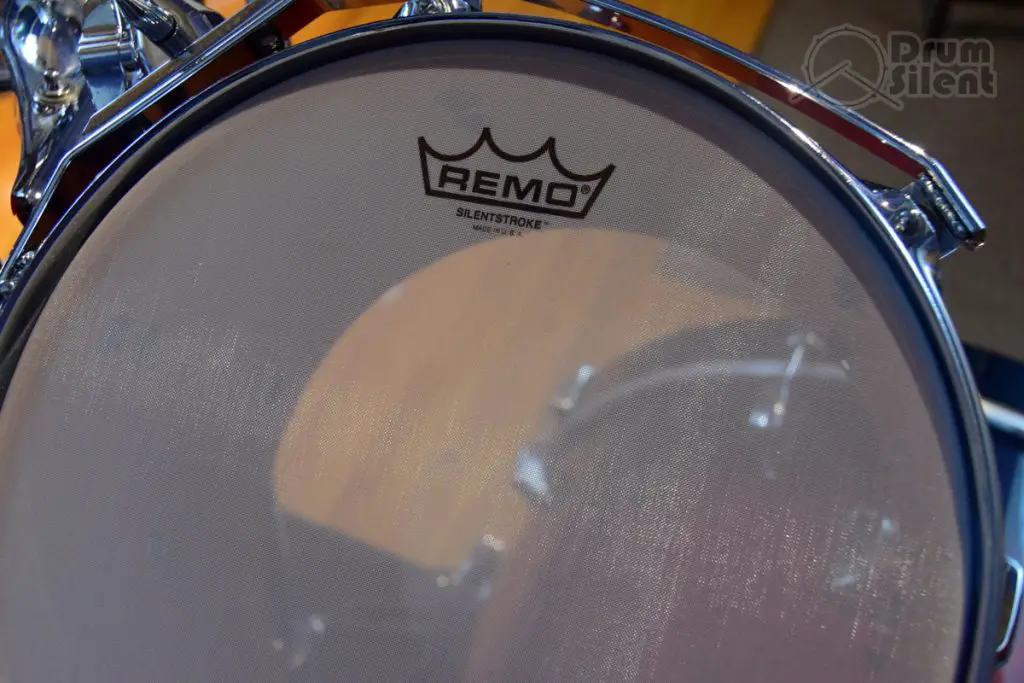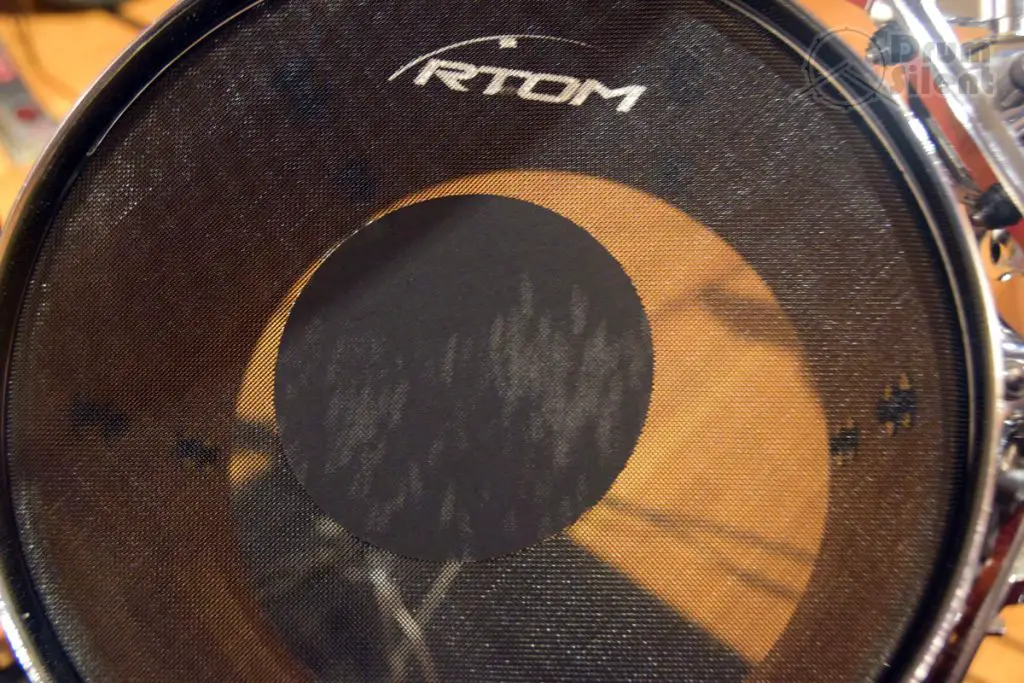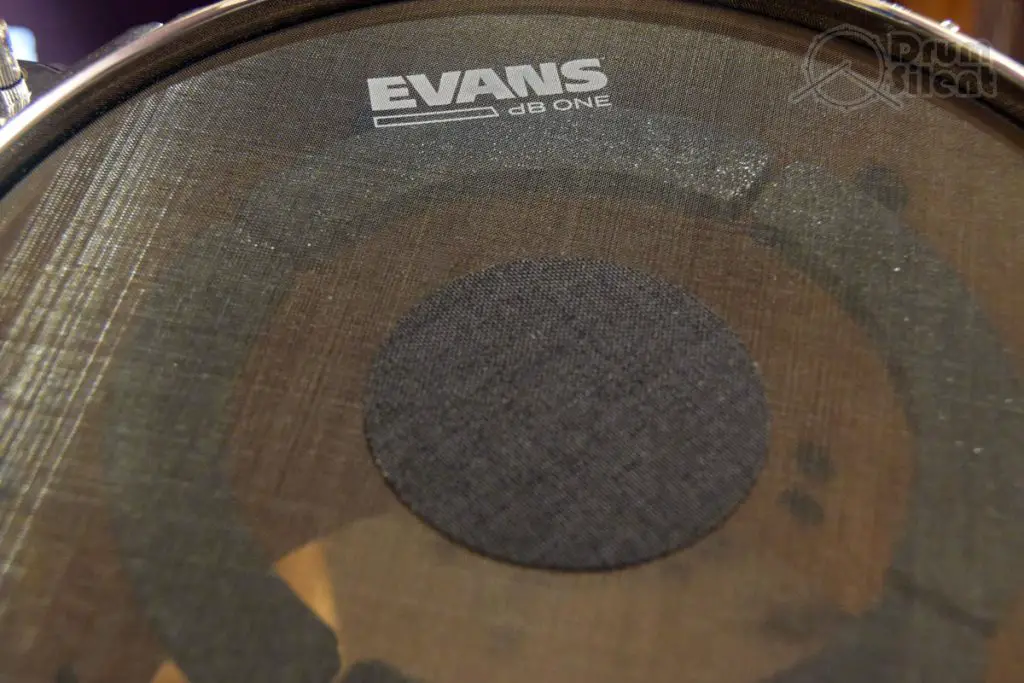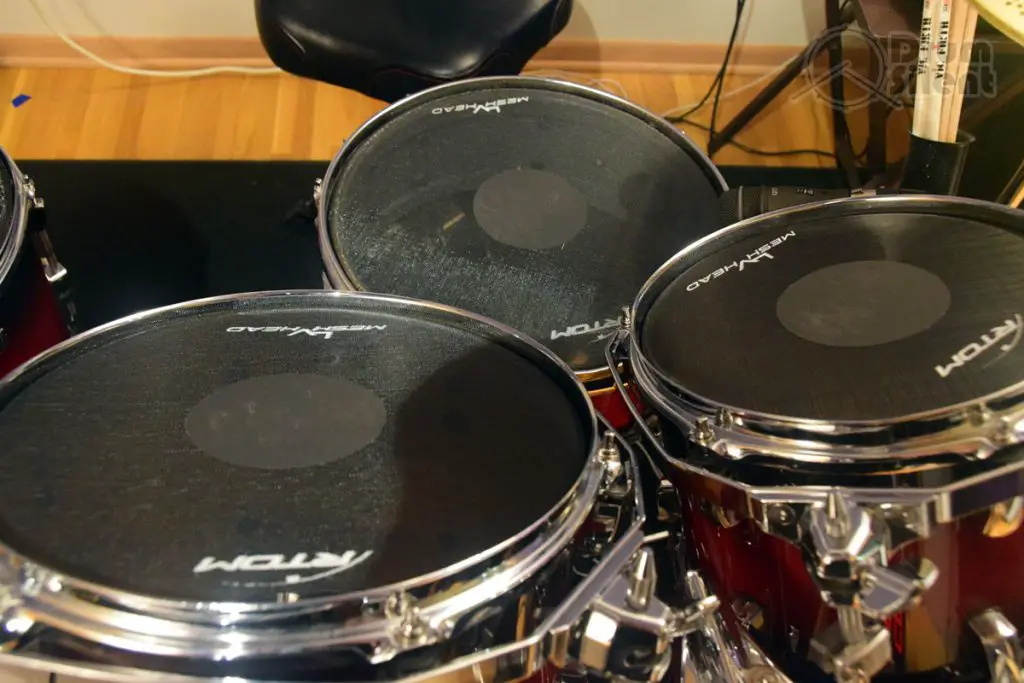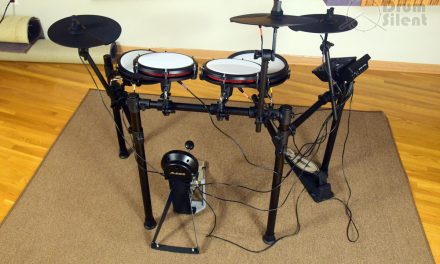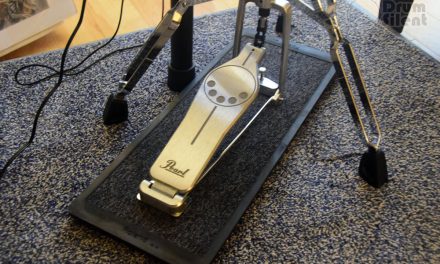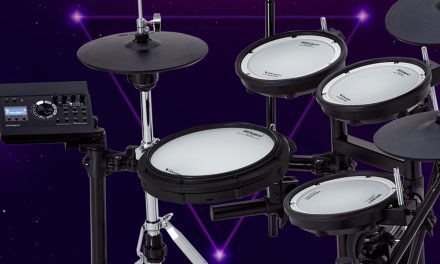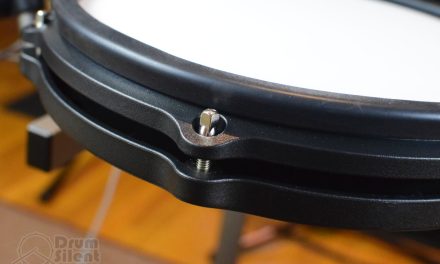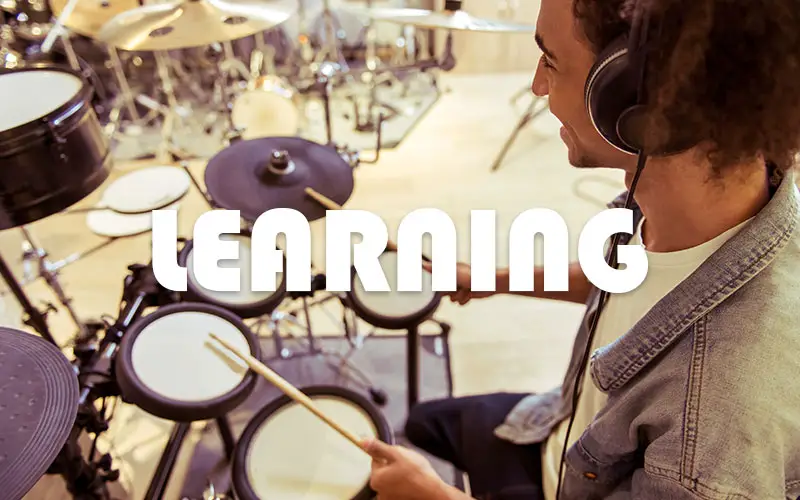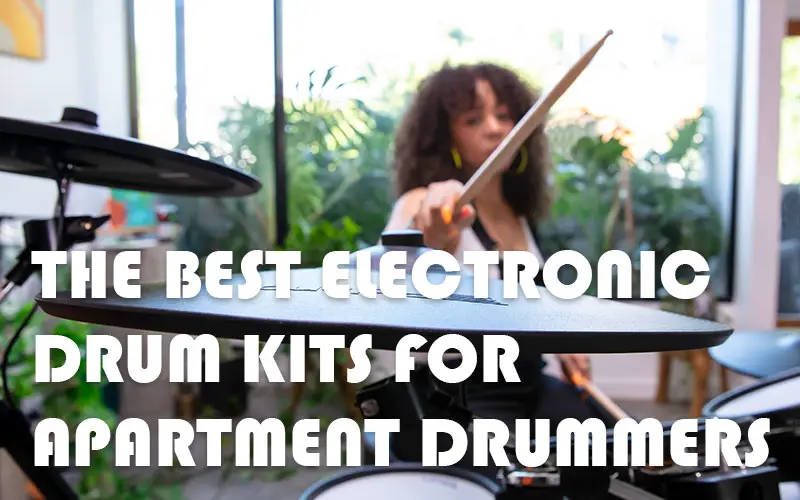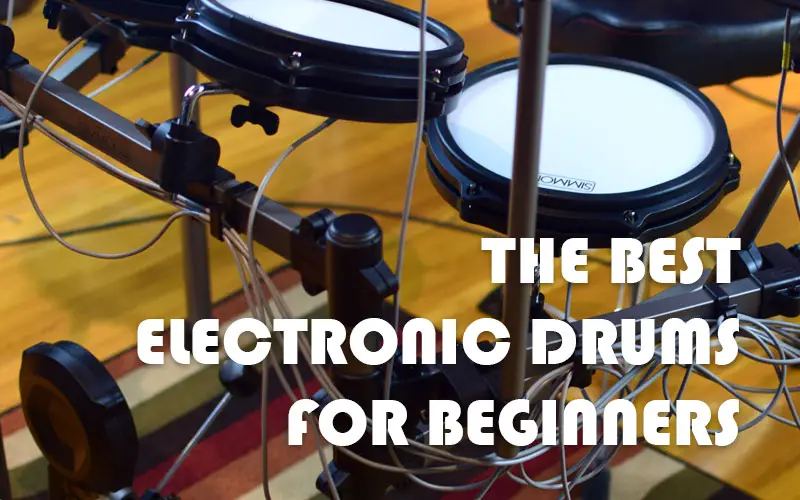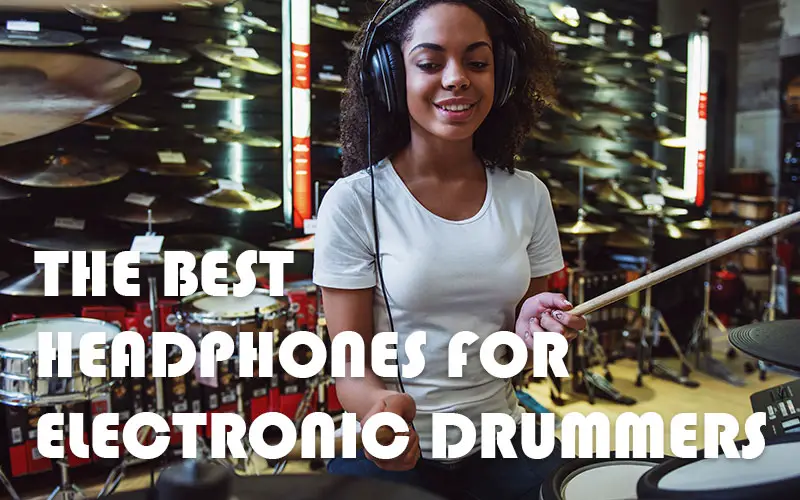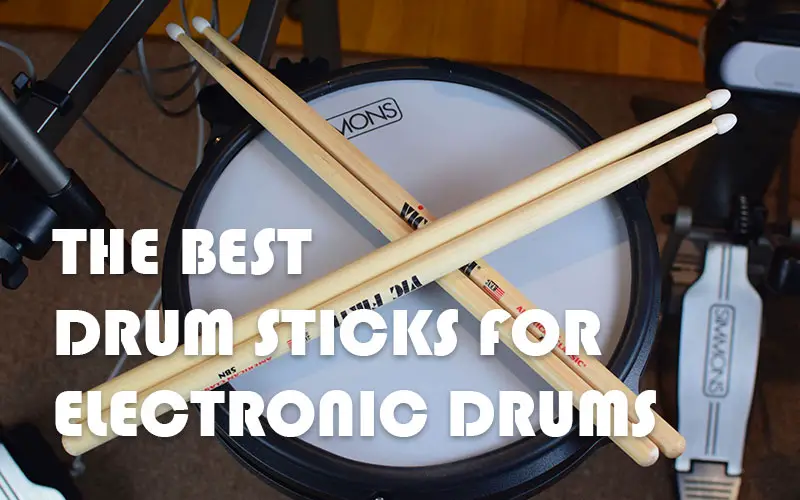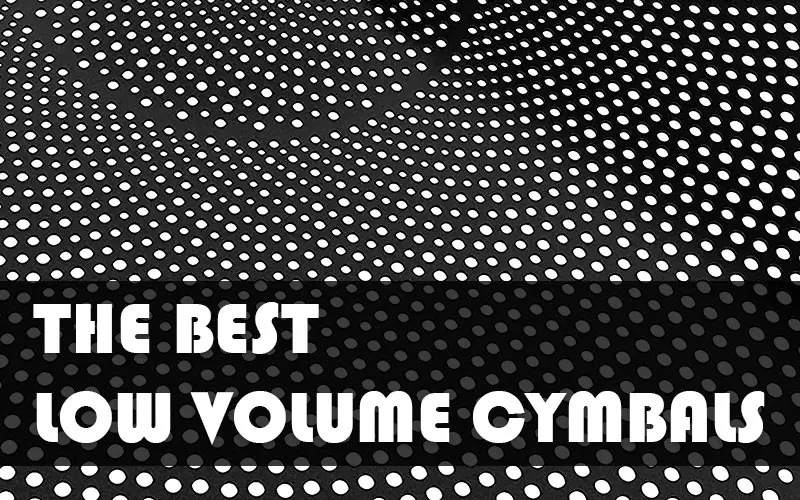Low volume drum heads are great for reducing the volume of your toms, kick and snare. The volume reduction can be pretty extreme. What should you look for when outfitting your drums with low volume drum heads?
How Much Do You Want To Lower Your Volume?
This is the first question to ask, since there are some options out there and different types of low volume heads might get you different results.
A common target in the market seems to be a volume reduction of 80%, which is pretty extreme. When you low volume heads with 80% volume reduction next to a traditional mylar drum head, the low volume drum heads sound extremely quiet. This can be fine if you are trying to reduce volume so you can practice at home, but it might be too much for other low volume situations where you don’t need to go as extreme.
If you are looking to mask your drumming for neighbors in an apartment building, for example, the most extreme low volume heads are the way to go. You might also be trying to play drums in a situation where lower volume is beneficial but not crucial. In these situations you might be able to get away with drum heads that are somewhere in the 50-75% volume reduction range.
Single Ply Mesh Heads Are The Most Quiet
If you find yourself in a situation where you want the most extreme volume reduction, singly ply mesh heads with no frills are the way to go. When we say no frills, we mean extra stuff like patches in the center of the head or anything else to add attack or resonance.
A straightforward, single ply mesh head, such as the Remo Silentstroke heads, are affordable and durable. The mesh doesn’t really contribute much to tone, and when you install them you’re focusing more on setting a proper head tension that feels right for your style of play. The resonance of the drums will be greatly reduced and the only way to get even a little bit of resonance is by relying on the bottom resonant heads of your drums.
Along with low volume drumming, these are also popular for use on acoustic kits that are converted to electronic.
Mesh Heads with Patches on the Surface
Mesh heads with patches in the center of the surface will be much lower in volume than a traditional mylar head, but not as extreme as a no frills mesh head. The patches are designed to add some attack and tone to the sound. The patches are usually a few inches in diameter and sit right in the center of the head.
A good example of this type of drum head are the RTOM LV heads. These drum heads are made from a heavier mesh material and have the attack patch in the center of all the drum heads. They are still very quiet drum heads, but when you compare them to a Remo Silentstroke, you can hear that they have a little bit more volume and retain some resonant tone, especially on the toms.
Additional Low Volume Drum Head Features
Evans dB One drum heads take it another step further beyond the last couple example. In addition to just a plain mesh head or a mesh head with a patch, the Evans dB One heads also add a foam ring on the underside of the head. So you are getting a little bit more attack and resonance from the patch on the head, but then also an additional resonance dampening feature with the foam rings. This puts them in between Remo Silentstroke and RTOM LV heads in terms of volume and resonance.
This combination of features makes for a very quiet and warm sound with a little bit of tone. It sounds really good for a low volume drum head.
Packs vs. Individual Drum Heads
Low volume drum heads are becoming popular enough that you can find them bundled into packs to save a little money.
The common pack size is usually called a Rock Pack and includes 10, 12, 14, 16 and 22 inch drum heads. If this is the size of your drums, you are in luck, since you’ll be able to find a pack from either Remo, RTOM or Evans.
If you have unconventional drum sizes around your kit, you’ll need to buy each head individually which can cost a little bit more depending on the seller.
For example, when I bought my Remo Silentstroke heads, I bought them individually and it cost me close to $140. I soon after found somebody selling the same lineup of heads I bought as a pack for $100.
Cost Factors
Plain, single ply mesh heads are the most quiet and also on the cheaper end, cost wise. You can usually outfit a kit for between $100-$150 depending on the number of drums you have and their sizes.
Mesh heads with patches are also usually pretty affordable and cost about the same. I’ve seen RTOM LV heads in packs for about the same price as Remo Silentstroke head packs.
More intricately designed drum heads like the Evans dB One heads will cost more. I’m guessing it’s mostly due to the increased use of materials in the production of the heads, since they have that foam ring, but there could be other factors as well.
Conclusion
As you can see, there’s a few things to look out for when buying low volume drum heads. If cost isn’t a factor, the Evans dB One heads can be worth the few extra bucks due to their features and sound qualities. If your local shop only has one type of low volume drum head available, it’s not worth fretting over too much though either. I’ve found all the low volume heads I’ve tried to be fairly quiet with some small differences in tone, resonance and volume. Check out our low volume drum head reviews for more about some of the specific options out there.

